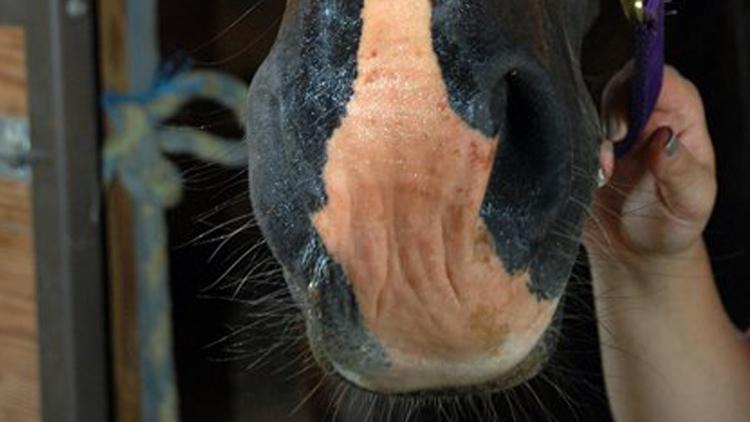Investigation to Prosecution: Making an Equine Cruelty Case

“TO PROSECUTE AN ANIMAL CRUELTY CASE, PROSECUTORS HAVE TO HAVE MORE DOCUMENTATION THAT FOR A HUMAN MURDER CASE”
By Pat Raia|TheHorse.com
In early June, Kentucky Department of Agriculture personnel began investigating the alleged abandonment of 43 mostly Thoroughbred horses on a farm in Mercer County, ultimately filing charges later in the month. This situation represents just one example of the process that accompanies any alleged animal cruelty case. But what does that process entail? Several long-time investigators explained that proving that a case is legitimate, then levying charges and prosecuting those responsible takes time and generally involves lots of cooperative casework.
“To prosecute an animal cruelty case, prosecutors have to have more documentation that for a human murder case,” said Jim Boller, formerly of the television series Animal Cops Houston and now executive director of Code3 Associates, an organization that trains law enforcement personnel on investigating and prosecuting animal cruelty cases. “They have to act within the law.”
Boller said every alleged animal cruelty case begins with a call to local police, county sheriff, or a state law enforcement agency. After that, the appropriate enforcement personnel are dispatched to the scene.
“It’s depends upon who has jurisdiction—whose job it is to investigate animal cruelty cases,” Boller said. “Sometimes it’s the county, sometimes it’s the local police, often it’s animal control, and sometimes it is the local humane society that has been authorized by the county to conduct animal cruelty investigations.”
Initially, unless cruelty is obvious—someone dragging an animal behind a vehicle before the officer’s eyes, for example—most cruelty cases involve the officer meeting with the animal owner and explaining how to better care for the horses, he said.

